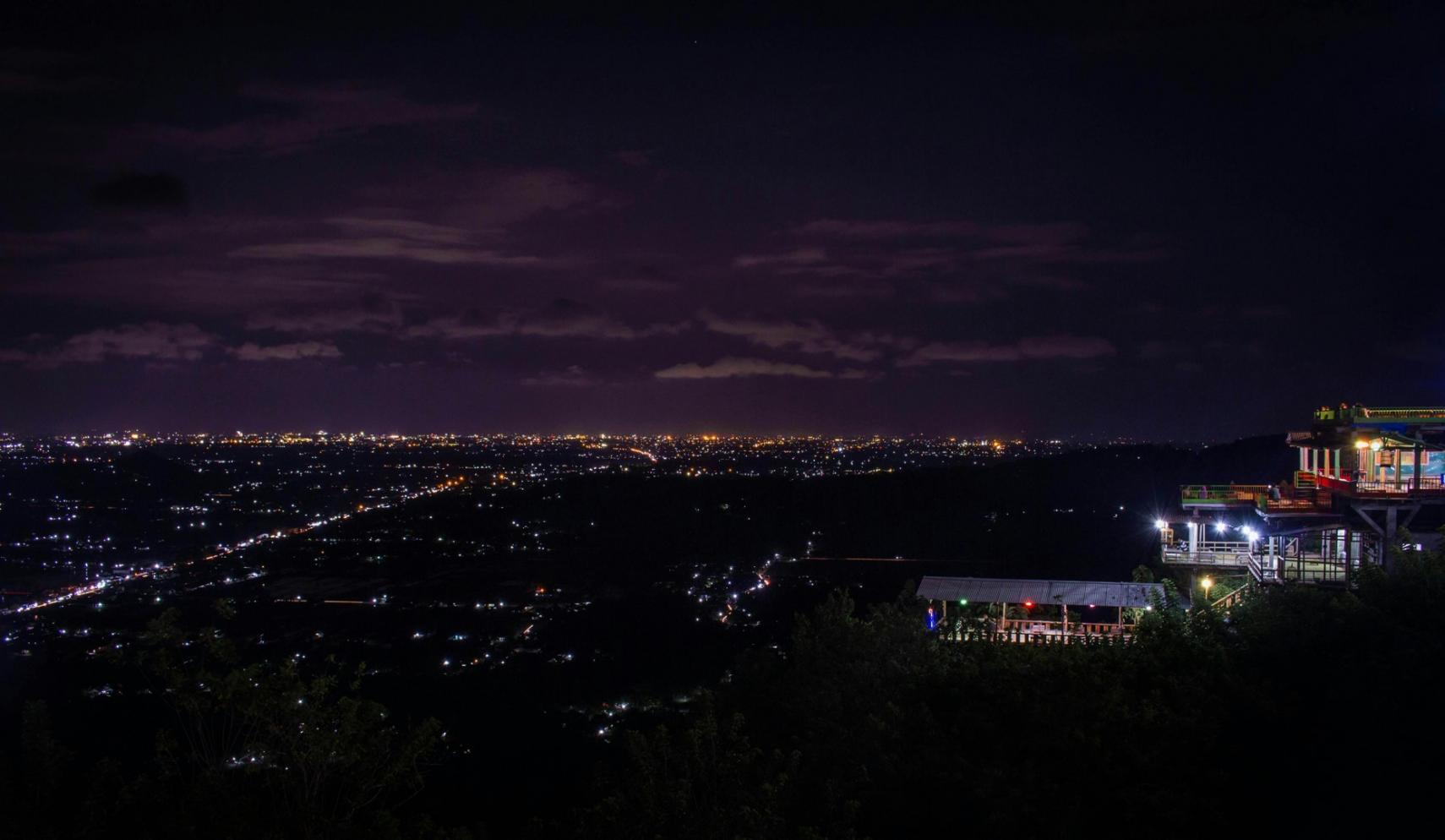Building Your Tours Around What Actually Works
We've spent years testing different booking systems, route planners, and communication tools. Not because we're obsessed with software—but because when you're coordinating weekend trips across multiple regions, you need systems that don't create more work than they solve. Our platform connects the pieces that matter most: straightforward booking, clear itineraries, and reliable updates when plans shift.

Systems That Handle the Messy Bits
Most tour companies start with spreadsheets and email chains. That's fine for the first dozen bookings. But somewhere around booking 50 or 60, you realize you're spending more time updating documents than planning actual experiences.
We built our platform after losing track of one too many dietary requirements and mixing up pickup locations. The system we use now handles those details automatically—and flags potential conflicts before they become problems on tour day.
- Real-time availability that syncs across all booking channels without double-bookings
- Automated email sequences that actually sound like they came from a person
- Mobile-friendly itineraries participants can access offline during tours
- Weather monitoring integrated with route planning for quick adjustments
- Group messaging that works even in areas with spotty coverage
How We Handle Common Questions
People ask us about our technology setup fairly often. Here's what we've learned works well for tours that run across different regions and seasonal conditions.
Before Booking
Our calendar shows what's actually available, updated every few minutes. You can filter by difficulty level, duration, or theme. The booking form asks for information we genuinely need—not 15 fields that nobody wants to fill out. Payment processing happens through established providers, and you get confirmation within seconds.
Tour Preparation
About two weeks before departure, you'll receive detailed joining instructions. We send reminders at intervals that people find helpful rather than annoying. Your dashboard shows packing lists, meeting points, and emergency contacts. If weather patterns shift significantly, we'll reach out with alternative plans or timing adjustments.
During Your Trip
Tour guides carry tablets with updated itineraries and participant notes. The system tracks our progress and sends updates to anyone expecting you back. If we need to reroute or make schedule changes, everyone gets notified immediately. Photos taken during tours can be shared through secure links afterward.

"I appreciated how the system handled our group's last-minute size change. Instead of a dozen back-and-forth emails, it updated everything automatically and adjusted the transport arrangements within about ten minutes."

"The offline itinerary feature saved us when we lost signal in the Peak District. Everything we needed—maps, timing, meeting points—was still accessible on our phones. That kind of practical thinking matters."

What Happens When Things Don't Go to Plan
Technology breaks. Weather changes. People miss connections. We've built backup systems for the parts that matter most.
Our guides carry satellite communicators for areas without mobile coverage. The booking system stores local backups that work even if our main servers have issues. Payment processing has redundant pathways so transactions complete reliably.
More importantly, there are actual people monitoring things. During tour season, someone's always available to handle unexpected situations. Not a chatbot—an experienced coordinator who understands how tours actually work and can make judgment calls when the standard procedures don't quite fit.

